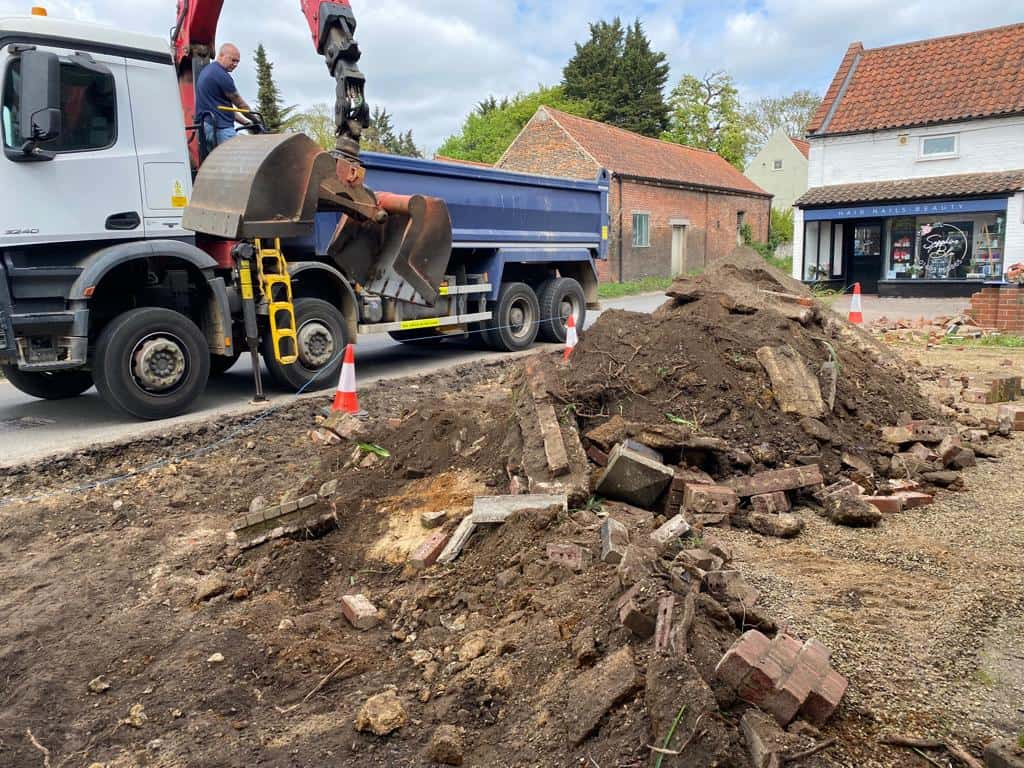Overcoming Common Challenges in Resin-Bound Path Installation
Introduction: Resin-bound paths have gained popularity for their versatility, durability, and aesthetic appeal. However, like any landscaping project, installing resin-bound paths comes with its own set of challenges. From surface preparation to curing time, various factors can affect the success of the installation process. In this blog post, presented by Uckfield Driveways, we’ll discuss some common challenges encountered during resin-bound path installation and provide tips for overcoming them.
Surface Preparation:
Challenge: Proper surface preparation ensures a strong and long-lasting bond between the resin and aggregates. Inadequate surface preparation, such as insufficient cleaning or uneven substrate, can lead to poor adhesion and premature failure of the resin-bound path.
- Solution: Thoroughly clean the substrate to remove dirt, debris, and existing coatings. Repair any cracks or uneven surfaces in the substrate to ensure a smooth and levelled surface for the resin-bound installation. Consider using a primer or bonding agent to enhance adhesion, especially on porous or deteriorated surfaces.
Mixing Ratios:
Challenge: The correct mixing ratio of resin to aggregates is essential for the structural integrity and appearance of the resin-bound path. Incorrect mixing ratios can result in an uneven finish, poor permeability, or insufficient coverage, leading to unsatisfactory results.
- Solution: Follow the manufacturer’s instructions when mixing the resin and aggregates. Use calibrated mixing equipment to ensure accurate proportions and consistent results. Avoid overmixing or undermixing the materials, as this can affect the path’s curing process and the final appearance.
Weather Conditions:
Challenge: Weather conditions, such as temperature, humidity, and rainfall, can significantly impact the installation and curing of resin-bound paths. Extreme temperatures or moisture levels can affect the viscosity of the resin, pot life, and curing time, potentially compromising the quality of the installation.
- Solution: Plan the installation during favourable weather conditions, ideally when temperatures are between 10°C and 25°C and humidity levels are moderate. Avoid installing resin-bound paths during periods of heavy rain or high winds, as this can affect the integrity of the installation. Consider using additives or accelerators to adjust the curing time and improve performance in adverse weather conditions.
Trowel Technique:
Challenge: Achieving a smooth and uniform finish requires a skilful trowel technique, especially when working with larger areas or intricate designs. Inexperienced installers may struggle to achieve the desired texture and consistency, leading to visible trowel marks or uneven surfaces.
- Solution: Provide comprehensive training and guidance to installers on proper trowel techniques and application methods. Use quality trowels and smoothing tools to achieve a consistent finish and minimise trowel marks. Use template guides or edge restraints to maintain straight lines and uniform thickness throughout the installation.
Curing Time:
Challenge: Proper curing is essential for the strength and durability of resin-bound paths. Insufficient curing time can result in premature wear and susceptibility to damage, while excessive curing time can delay project completion and increase labour costs.
- Solution: Follow the manufacturer’s recommendations for curing time and conditions, allowing adequate time for the resin to fully cure before allowing foot traffic or vehicular use. Consider using accelerators or UV lamps to speed up the curing process, especially in colder or overcast conditions. Monitor environmental conditions during curing to ensure optimal results.
Conclusion: While installing resin-bound paths presents challenges, proper planning, preparation, and execution can help overcome these obstacles and ensure a successful outcome. Installers can achieve high-quality results that stand the test of time by addressing common challenges such as surface preparation, mixing ratios, weather conditions, trowel technique, and curing time.
Call us on: 01825 705 496
Click here to find out more about Uckfield Driveways
Click here to complete our contact form and see how we can help with your driveway needs.

